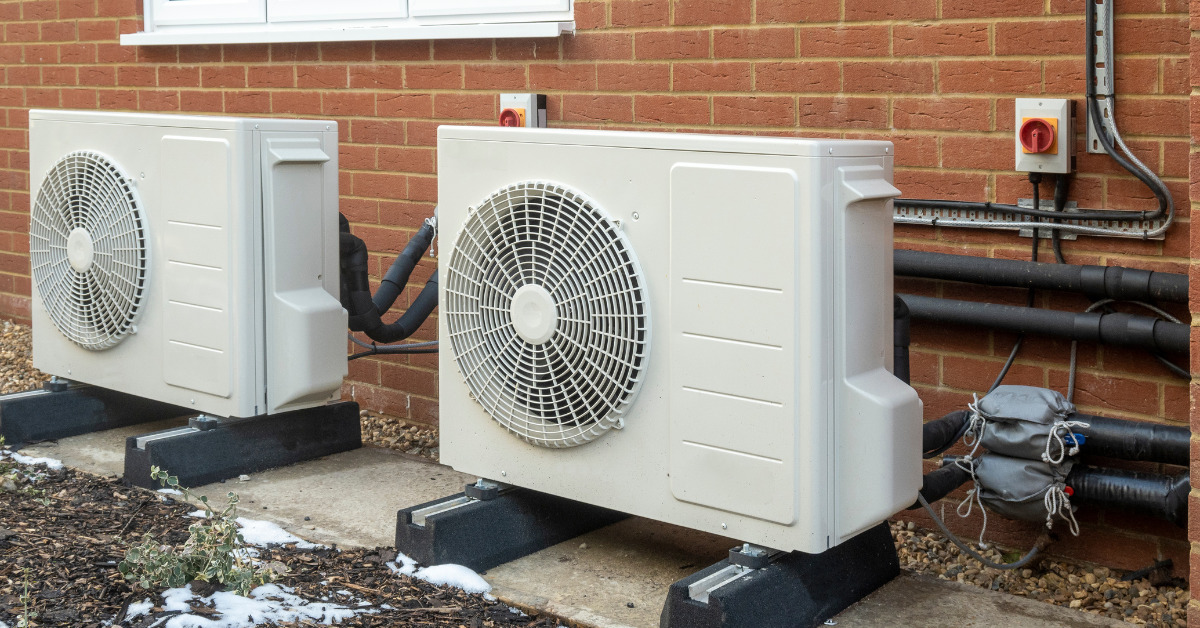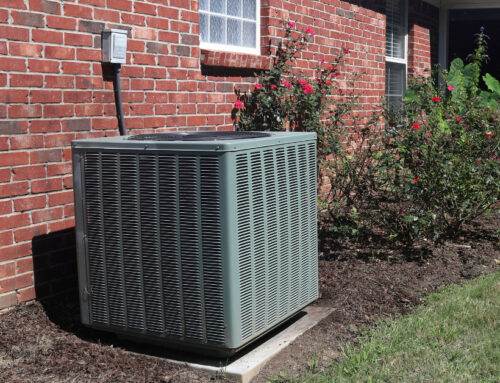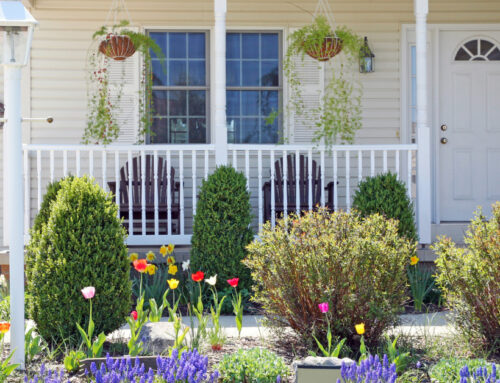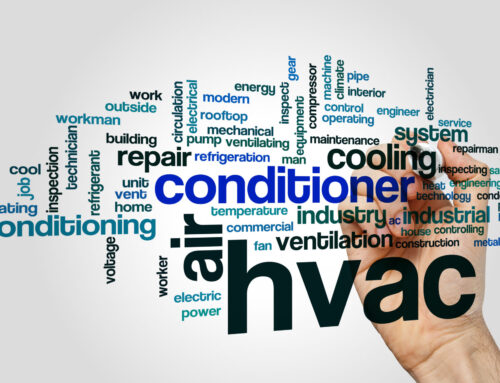Heat pumps are an energy-efficient and environmentally friendly alternative to traditional HVAC systems. They provide both heating and cooling for year-round comfort. In this blog post, we will discuss how heat pumps work, their advantages and disadvantages, and an option for combining a heat pump and a gas furnace.
How Heat Pumps Work
During the warmer months, heat pumps operate similarly to air conditioners by removing heat from indoors and transferring it outdoors using an indoor coil, an outdoor unit, and refrigerant that travels between them via copper tubing. How heat pumps operate during the winter sets them apart from a traditional gas furnace. Instead of burning fuel such as natural gas to create heat, heat pumps extract heat from the outside and transfer that heat indoors using the same equipment used for cooling, but in reverse. While it may be surprising, the simple truth is that from a physics perspective, even air that feels very cold to people contains heat.
Advantages of Heat Pumps
- Energy Efficiency: Heat pumps are more energy-efficient than gas-forced-air heating and electric cooling systems. They cost less to operate than gas furnaces until temperatures get too low. How low is “too low” depends on the chosen equipment.
- Environmentally Friendly: Many consider heat pumps environmentally friendly because they don’t burn fossil fuels to create heat.
- Life cycle costs: Heat pumps will likely be less expensive when all costs over the lifetime of the equipment are considered. Of course, this can’t be guaranteed because we don’t know how the price of different fuels may change in the future.
- Comfort: Heat pumps, especially modern high-end heat pumps, can adapt to a wide range of heating and cooling conditions, providing just the right amount of heating or cooling depending on current conditions. Think about the heating and cooling system in your car. When it’s very hot or very cold in your car, you adjust the temperature and the blower speed for maximum impact. But you don’t shut it off once you’ve reached a comfortable temperature. You adjust the temperature of the air and the blower speed to maintain a comfortable environment.
- Independence potential: By combining a heat pump, solar panels, and electrical storage, the potential exists to continue to heat or cool your home even in a power outage.
Disadvantages of Heat Pumps
- Initial Cost: Heat pumps can be more expensive to install than gas forced-air heating and electric cooling systems.
- Cold Weather Performance: Heat pumps, particularly low-end heat pumps, can struggle in extreme cold weather conditions, leading to higher energy usage or inadequate heating in extremely cold conditions. Newer technology has significantly reduced this issue.
The Dual-Fuel Alternative
A dual-fuel system combines a heat pump and a gas furnace. It is designed to provide efficient heating in cold weather conditions when some heat pumps may struggle. The heat pump is the primary heating source, with the furnace acting as a backup. The system automatically switches between the two energy sources depending on the outdoor temperature. This combination allows for the use of a less-expensive heat pump that may not keep up in extreme cold.
Heat pumps are becoming an excellent alternative to traditional HVAC systems. They are energy-efficient, environmentally friendly, and versatile. If you are considering installing a heat pump, it’s essential to weigh the pros and cons carefully and consult with an trusted HVAC professional!






